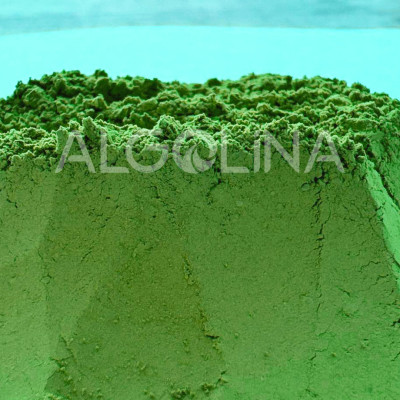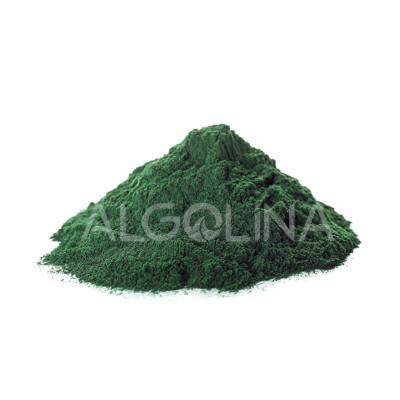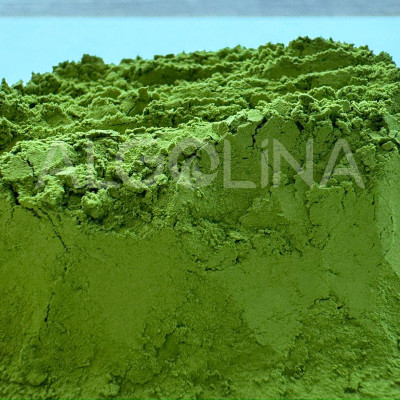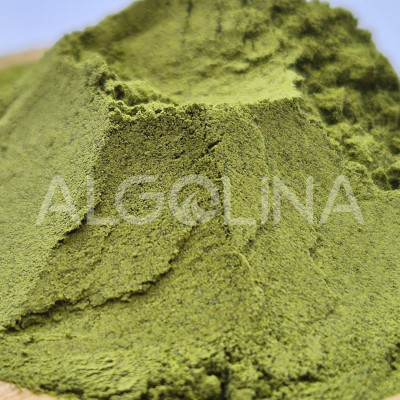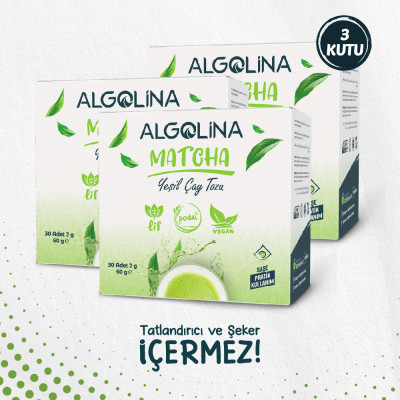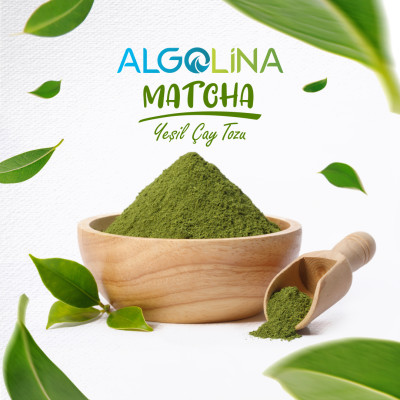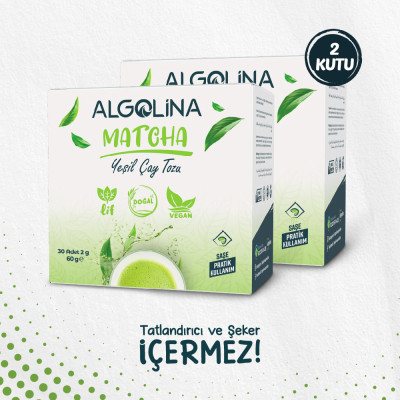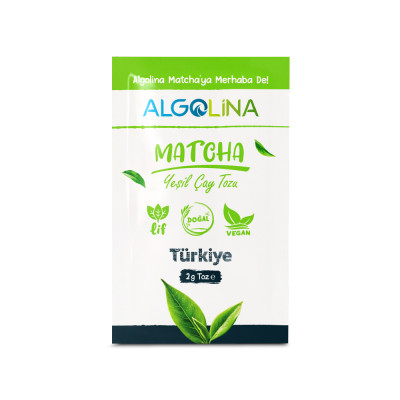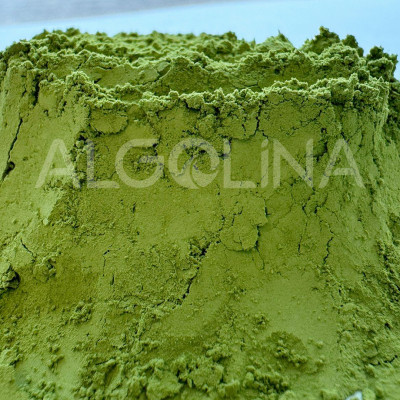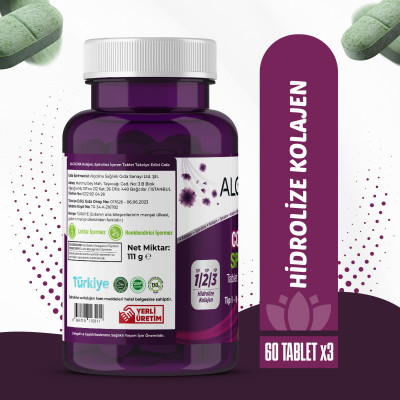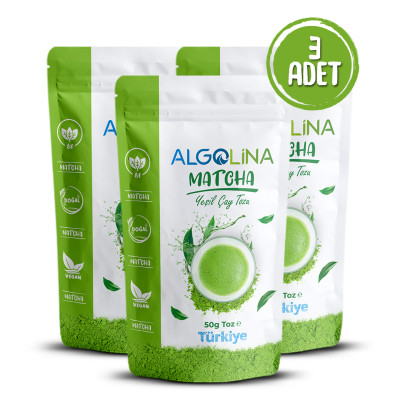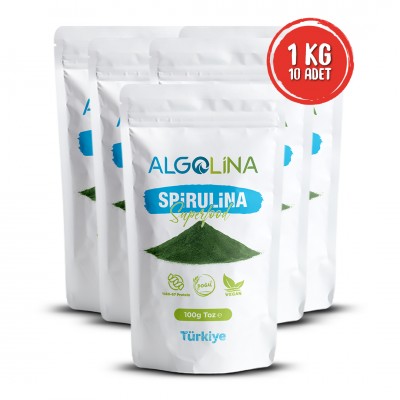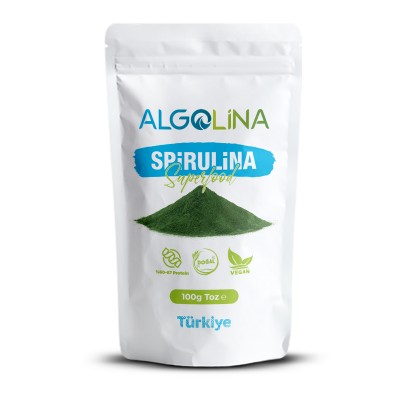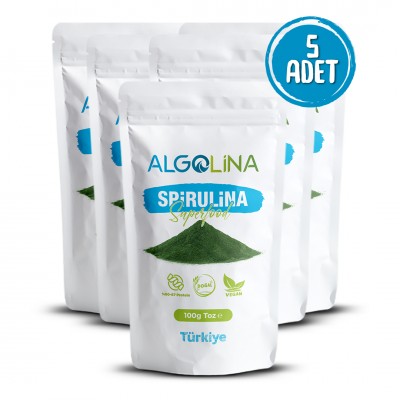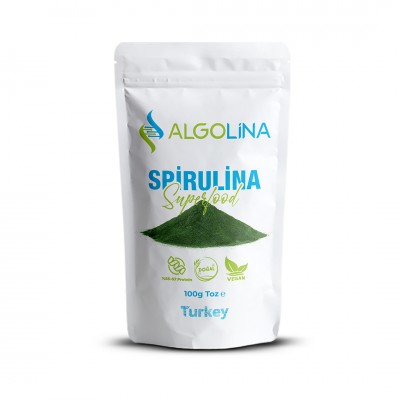Matcha Nedir? Mathca Çayı Nedir?
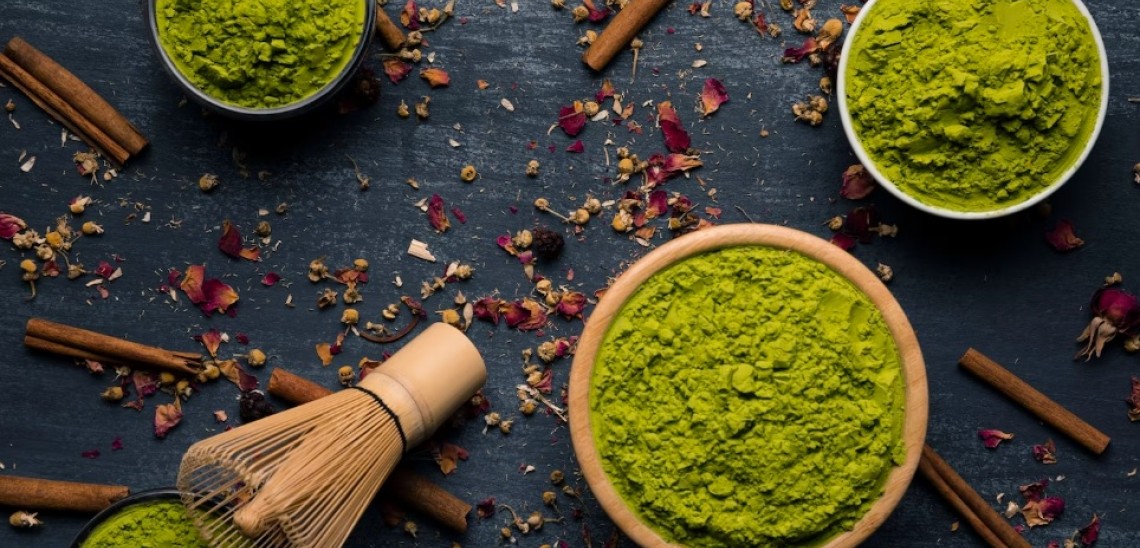
Matcha Nedir? Matcha Çayı Nedir? Maça Çayı Nedir?
Matcha, yeşil çay gibi camellia sinensis bitkisinden üretilir ancak farklı şekilde yetiştirilir ve benzersiz bir besin profiline sahiptir. Çiftçiler, doğrudan güneş ışığından kaçınmak için hasattan 20-30 gün önce çay bitkilerini örterek matcha yetiştirir. Bu, klorofil üretimini ve amino asit içeriğini arttırarak bitkiye daha koyu yeşil bir ton verir. Çay yaprakları elle toplandıktan sonra, saplar ve damarlar çıkarılır, yapraklar matcha olarak bilinen ince bir toz haline getirilir. Kurutulmuş, gölgede yetiştirilen çay yaprakları tencha olarak bilinir. Geleneksel olarak granit taşlarla süper ince bir toz haline getirilen yaprakları öğütmek oldukça uzun sürer ve öğütme işlemi içeriğindeki besinleri korumak için karanlıkta yapılır. Matchanın bu şekilde yetiştirilmesi yapraklardaki faydalı bileşikleri de arttırır. Bitki, insan sağlığı için olumlu etkilere sahip olan L-teanin adı verilen bir amino asitten zengindir. Matchanın farklı dereceleri vardır. Çay olarak kullanılan matcha, en yüksek kalitedir. Matcha Janapese olarak adlandırılmasının nedenlerininden birisi de matcha çayının japon çay kültüründe önemli bir yere sahip olmasıdır.
Kafein İçeriği
Matcha, kafein açısından da oldukça yüksektir. Bir fincan matcha, bir fincan kahve kadar kafein içerebilir. Bununla birlikte, matcha'daki kafein, daha yavaş ve sürekli bir enerji salınımı sağlayarak, kahveyle ilişkili ani enerji düşüşlerinden kaçınmanıza yardımcı olur.
Kullanım Şekilleri
Matcha tozu, sıcak suyla karıştırılarak içilebileceği gibi, smoothie'lerde, latte'lerde ve çeşitli yiyecek tariflerinde de kullanılabilir. Matcha tozu ile yapılan popüler tarifler arasında matcha smoothie, matcha latte, matcha dondurma ve matcha kurabiye bulunmaktadır.
Kalite ve Depolama
Matcha tozu kalitesi, renginden ve dokusundan anlaşılabilir. Yüksek kaliteli matcha, parlak yeşil renkte ve ince, pürüzsüz bir dokuya sahip olacaktır. Tozun tazeliğini ve etkinliğini korumak için, matcha tozunu serin, kuru ve güneş ışığından uzak bir yerde saklamak önemlidir.
Matcha Çayı Hazırlama
Matcha çayı yapmak oldukça basittir. 1-2 çay kaşığı matcha tozunu bir çay kasesine koyun ve üzerine 160-180 ml sıcak su (80-90°C) dökün. Ardından bir çay süzgeci veya özel bir matcha çırpma teli (chasen) kullanarak, köpüklü ve pürüzsüz bir kıvam elde edene kadar iyice karıştırın. Matcha çayınızı şimdi içmeye hazır.
Matcha ve Diğer Yeşil Çaylar Arasındaki Farklar
Matcha, diğer yeşil çaylardan hem üretim süreci hem de içerik açısından farklılık gösterir. İçerdiği klorofil ve amino asit miktarı daha yüksek olduğu için, matcha'nın besin değeri ve antioksidan kapasitesi diğer yeşil çaylardan daha yüksektir. Ayrıca, matcha tozunun tüketilmesi sayesinde, bitkinin tüm faydalarından yararlanılır.
Matcha Çayının Tarihi ve Kültürel Önemi
Matcha, Japon kültüründe önemli bir yere sahiptir ve geleneksel Japon çay törenlerinin temelini oluşturur. Çay törenleri, meditasyon, hoşgörü ve saygı gibi değerleri temsil eder ve misafirperverliğin ve topluluk bağlarının güçlendirilmesine yardımcı olur.
Matcha Çeşitleri
Matcha'nın kalitesi ve fiyatı, üretim sürecinde kullanılan yeşil çay yapraklarının seviyesine bağlı olarak değişir. Çeşitli matcha çeşitleri bulunmaktadır, ancak en yaygın olarak üç ana kategoriye ayrılır: seremoni kalitesi (en yüksek kalite), latte kalitesi ve mutfak kalitesi. Kullanım amacına göre uygun matcha çeşidini seçmek önemlidir.
Matcha'nın Yan Etkileri
Matcha genellikle güvenli kabul edilse de, bazı insanlar kafein duyarlılığı nedeniyle matcha tüketimine dikkat etmelidir. Aşırı kafein tüketimi, kalp çarpıntısı, uyku problemleri ve sindirim sorunlarına yol açabilir. Ayrıca, hamile ve emziren kadınlar ile çocuklar için matcha tüketimi sınırlandırılmalıdır.
Not: İlaç değildir. Hastalıkların önlenmesi veya tedavi edilmesi amacıyla kullanılmaz. Hamilelik ve emzirme dönemi ile hastalık veya ilaç kullanımlarında doktorunuza danışın.


